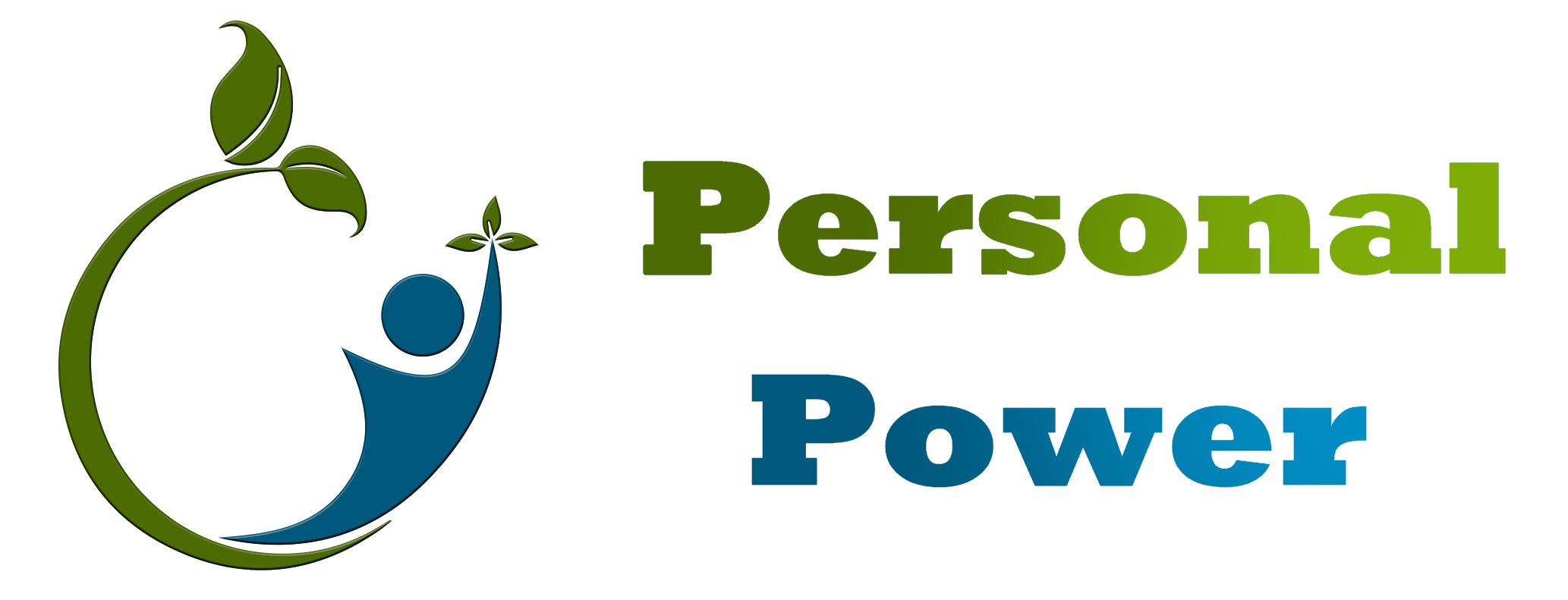The Health Benefits of Probiotics
Most people spend a lot of time trying to get rid of bacteria in their lives, but what if we told you not all bacteria is bad for you? In fact, your body relies on millions of healthy, helpful bacteria to keep you safe and healthy every day. And by giving your body beneficial probiotics, you can improve the population of helpful bacteria inside your body that are necessary for your continued health.
Eating foods rich in probiotics can not only prevent illness but also treat some disorders and imbalances. Learning which foods are high in probiotics, as well as the benefits these organisms offer to your body, will help you feel better and stay healthier over time.
Understanding Probiotics
You have bacteria, yeast, and other microbes all over your body, both inside and out. Luckily, many of those organisms are helpful bacteria that perform vital functions for your cells, tissues, organs, and body systems.
Probiotics and the beneficial bacteria they support can help to:
- Boost your immune system, allowing you to heal faster from sickness and injury.
- Prevent infection by stopping hostile bacteria from taking over.
- Improve your digestion, which allows you to better absorb nutrients from the foods you eat.
The majority of helpful bacteria in your body live in your gut and keeping your digestive microflora healthy not only aids your digestion but also ensures your immune system is working properly. These two systems are directly linked. When you throw off the balance of good versus bad bacteria in your gut, such as when you are sick or when you are taking antibiotics, you need to help your body replenish the friendly bacteria in your system. Eating probiotics can restore this balance, which creates a barrier against harmful microbes.
Probiotics and Antibiotics
When you take antibiotics to treat an infection, you not only eliminate the bad bacteria that are making you sick but also the healthy, beneficial bacteria that can make you well. When you take probiotics during and after using antibiotics, you are helping to restore the natural gut microflora that your body needs quickly. This also can help increase the effectiveness of antibiotics, which can help you feel better faster and require fewer and smaller doses of antibiotics in the future.
Probiotic-Rich Foods
Foods that are cultured or fermented are good sources of probiotics, as bacteria are what create their flavor and texture. Examples of foods that are high in probiotics include cultured yogurt, miso, tempeh, kefir, buttermilk, sauerkraut, kombucha, kimchi, and nattō. While some of these foods have bacteria which grow naturally, some include bacteria that are adding during the preparation process. These foods and beverages contain one or more of the following strains of probiotics:
- Lactobacillus acidophilus
- Lactobacillus casei
- Bifidobacterium bifidum
- Lactobacillus bulgaricus
- Lactobacillus gasseri
- Saccharomyces boulardii
- Lactobacillus plantarum
- Bifidobacterium lactis
- Enterococcus faecium
- Bifidobacterium longum
Adding probiotics to your diet is one health move you can make to improve your health. These foods contain beneficial bacteria your body needs to fend off unwanted visitors. Help your body today by including probiotics in your next meal or snack.
Eating Probiotics
You can also be sure the bacteria in your system have plenty of fuel by feeding them a high-fiber diet. The fermentable fiber in fresh vegetables, fruits, flax, and chia seeds are perfect for giving probiotics the food they need to maintain your healthy bacteria levels.
In addition to eating foods that contain probiotics, you can create an environment that is supportive of the healthy bacteria in your body. You can start by altering the pH of your digestive system by eating more sour foods. Fermented vegetables and vinegars contain small amounts of probiotic, but their acid content is the most powerful part of their benefits. They contribute to a gut environment that allows probiotics to flourish.
Supporting a Probiotic Environment
Any food that claims to have probiotics should contain at least one of the strains listed here. This is also true for probiotic supplements, so always read the label if you are in doubt. And it’s always a good idea to muscle test your supplements before you buy them to make sure you are purchasing something that will provide the best benefit for your body. If you don’t know how to muscle test, we can help you with that.
In addition to eating foods that contain probiotics, you can create an environment that is supportive of the healthy bacteria in your body. You can start by altering the pH of your digestive system by eating more sour foods. Fermented vegetable and vinegars contain small amounts of probiotic, but their acid content is the most powerful part of their benefit. They contribute to a gut environment that allows probiotics to flourish.
You can also be sure the bacteria in your system have plenty of fuel by feeding them a high-fiber diet. The fermentable fiber in fresh vegetables, fruits, flax, and chia seeds are perfect for giving probiotics the food they need to maintain your healthy bacteria levels.
Adding probiotics to your diet is one health move you can make to improve your health. These foods contain beneficial bacteria your body needs to fend off unwanted visitors. Help your body today by including probiotics in your next meal or snack.
